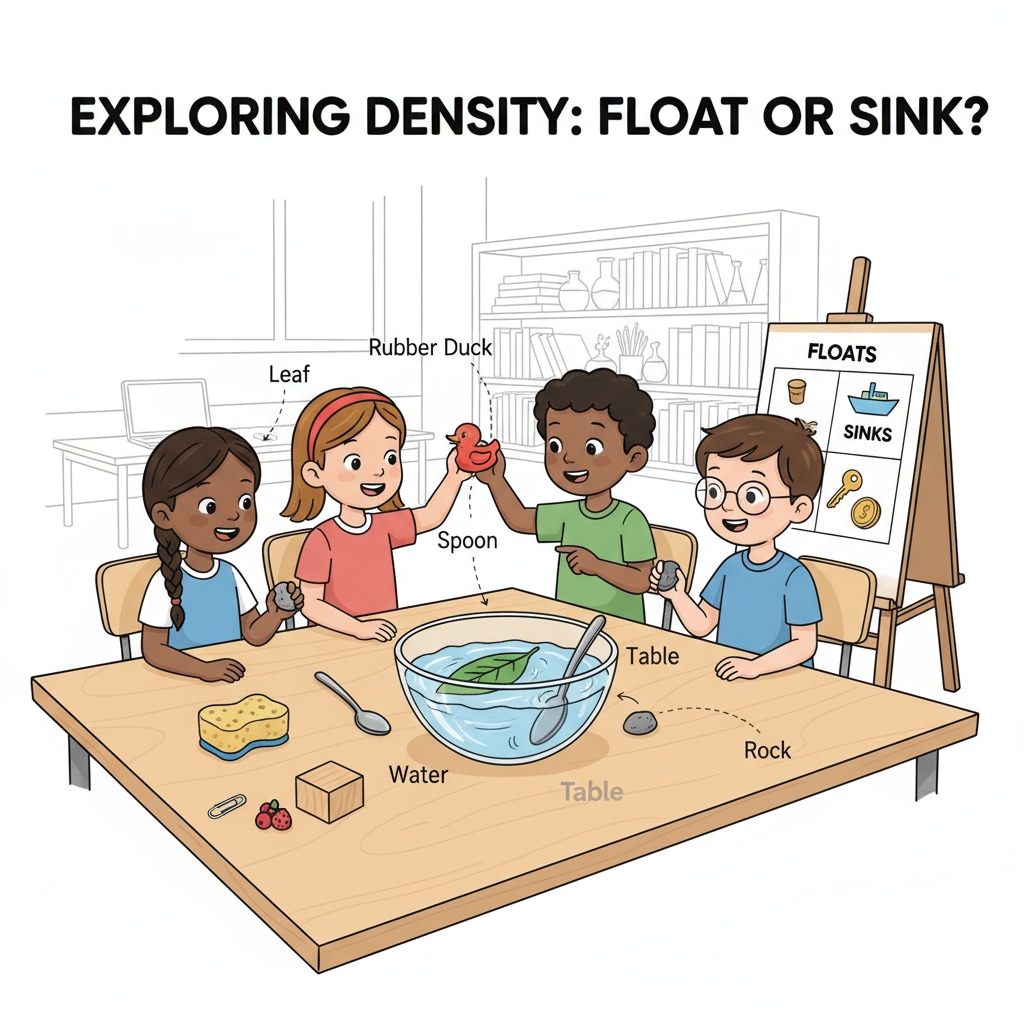Science experiments for primary school students are not only a great way to engage them in learning but also a key part of science exhibitions. These hands – on activities can spark a child’s curiosity and love for science. For 1 – 4 grade students, here are some simple yet fascinating experiments that are sure to be a hit.

Float or Sink: A Basic Introduction to Density
This classic experiment helps children understand the concept of density. Gather a variety of small objects such as a cork, a rock, a plastic toy, and a metal coin. Fill a large bowl with water. Then, let the kids take turns dropping each object into the water and observe whether it floats or sinks. As a result, they’ll start to notice that some objects are more buoyant than others. According to Density on Wikipedia, density is the mass per unit volume of a substance. This simple experiment can be a great start for kids to explore this fundamental scientific concept. In addition, it can be a wonderful exhibit for a school science fair.
The Color – Changing Celery: A Look into Plant Transportation
For this experiment, you’ll need a few stalks of celery, some food coloring, and glasses of water. Fill each glass with water and add a different color of food coloring to each one. Cut the bottom of the celery stalks and place them in the glasses. Over the next few hours or even a day, the kids will see the celery change color as it absorbs the colored water. This shows how plants transport water from their roots to other parts. As described on Plant Physiology on Britannica, plants have a system of vessels that carry water and nutrients. This experiment is not only educational but also visually appealing for a science exhibition.

Another important aspect of these experiments is that the process of exploration is more valuable than achieving a perfect result. When children engage in these experiments, they are learning to observe, ask questions, and draw conclusions. These skills form the basis of scientific thinking.
Readability guidance: The experiments are presented in a simple and easy – to – understand manner. Each experiment has a clear purpose and steps. The use of external links provides additional information for those who want to dig deeper. Transition words like “as a result”, “in addition” are used to make the text flow smoothly.


